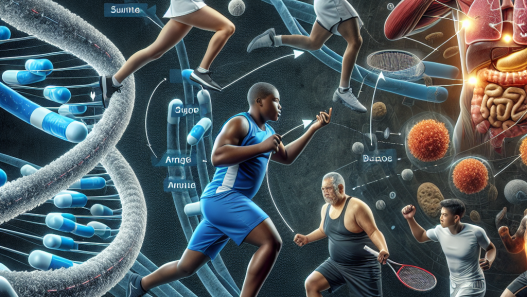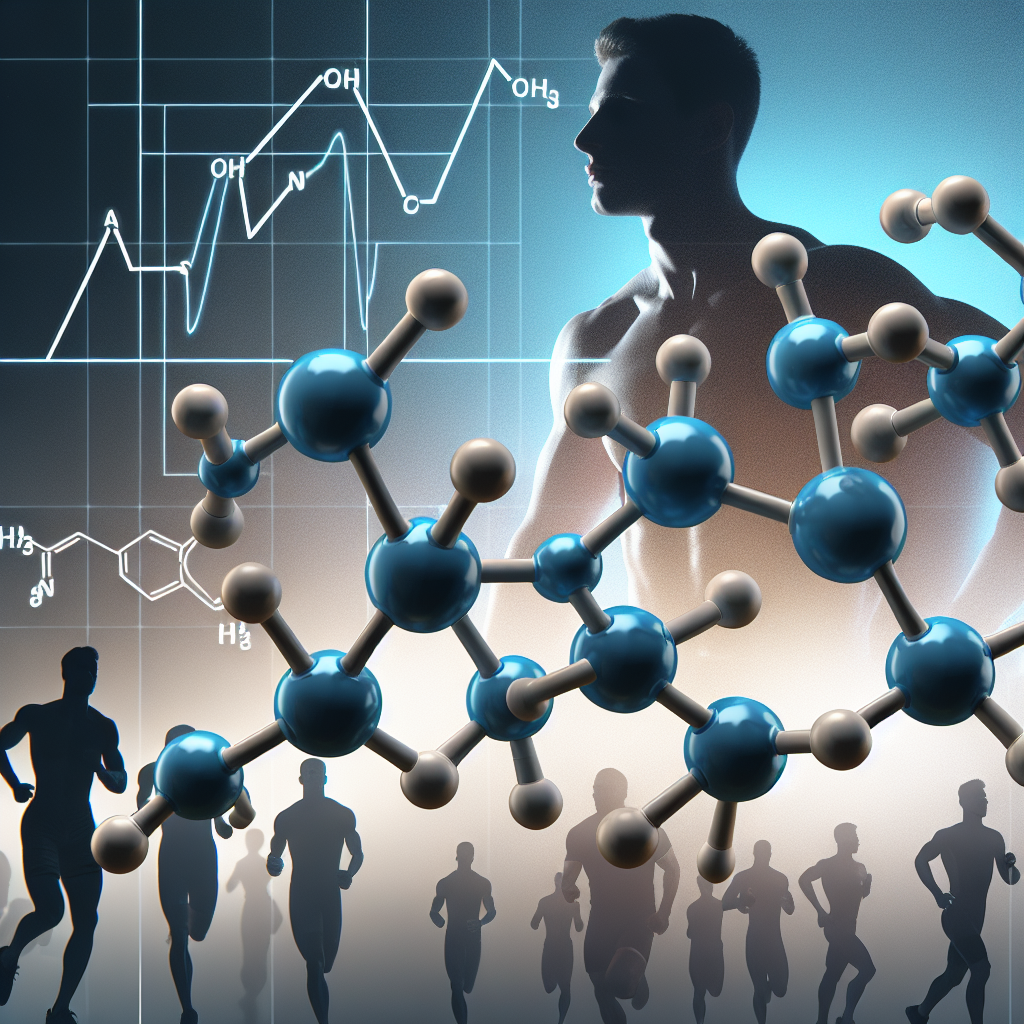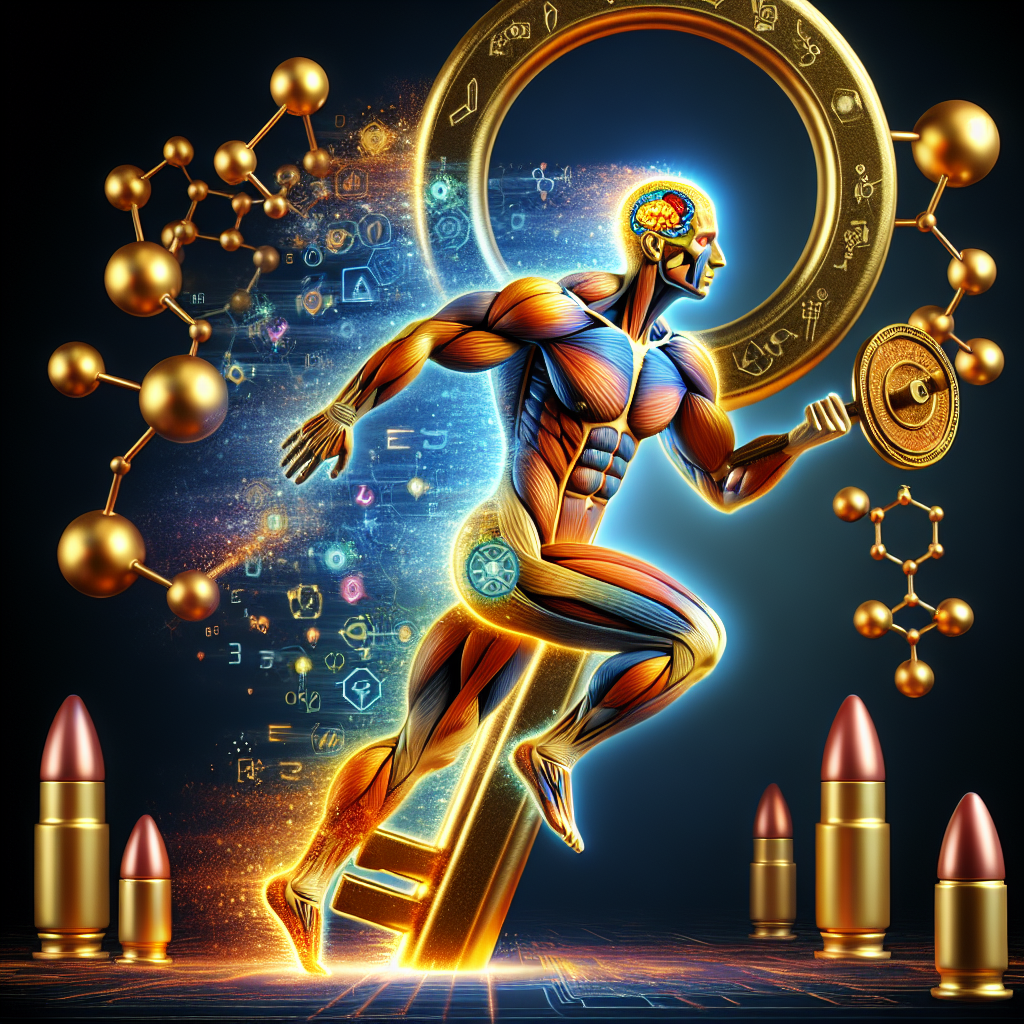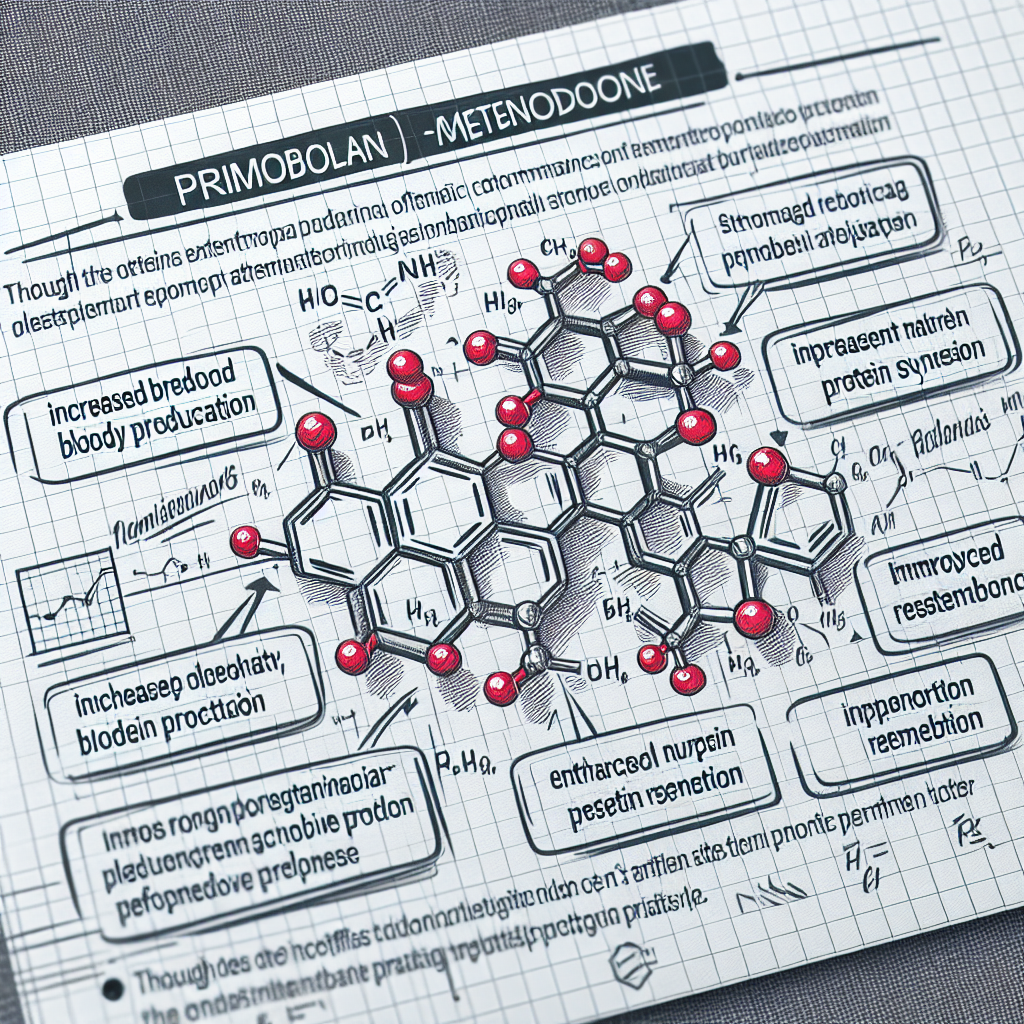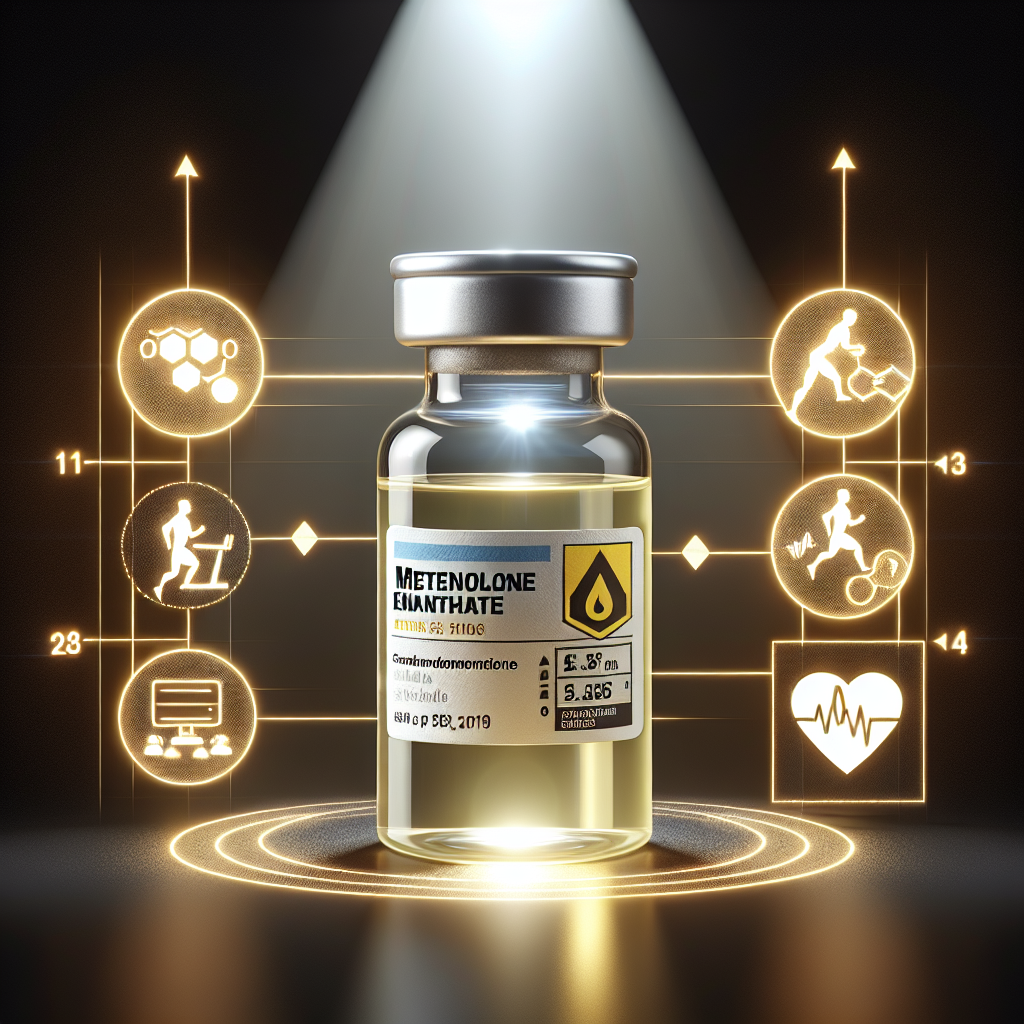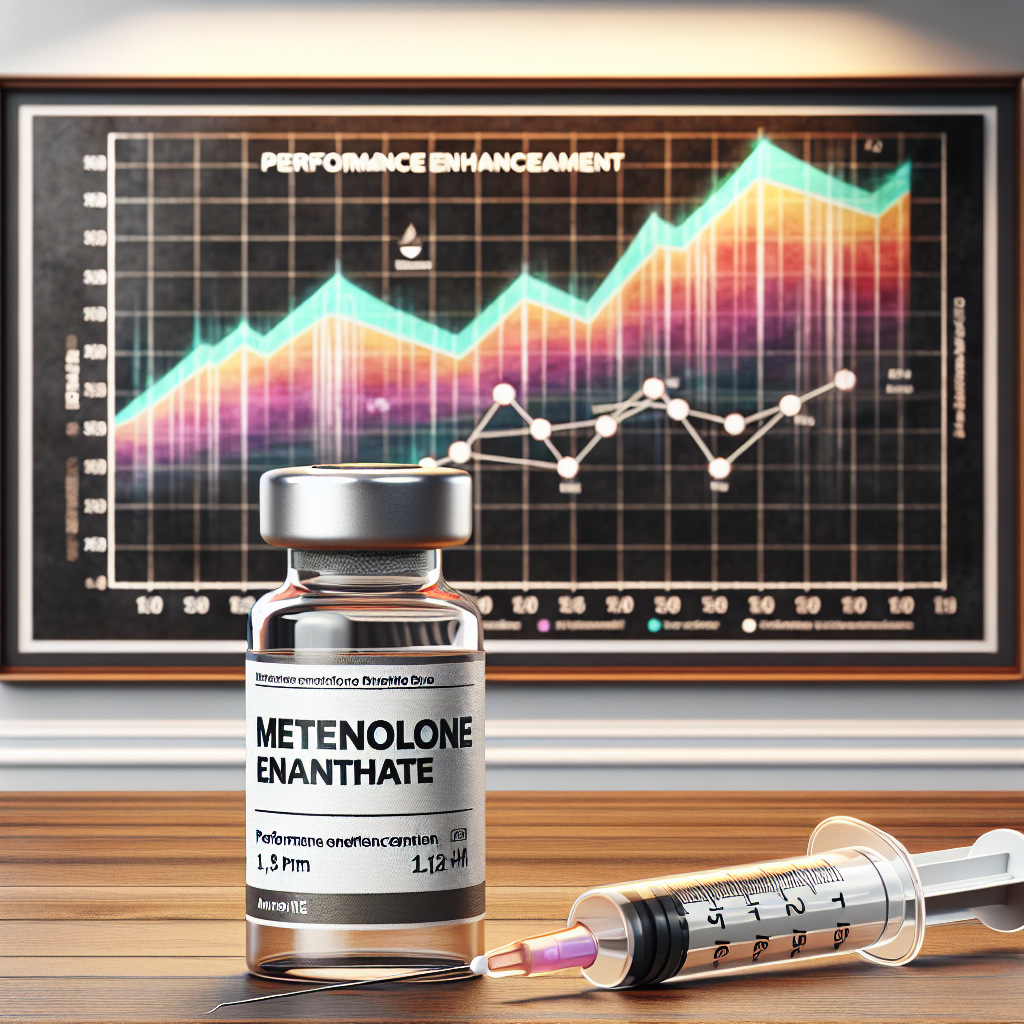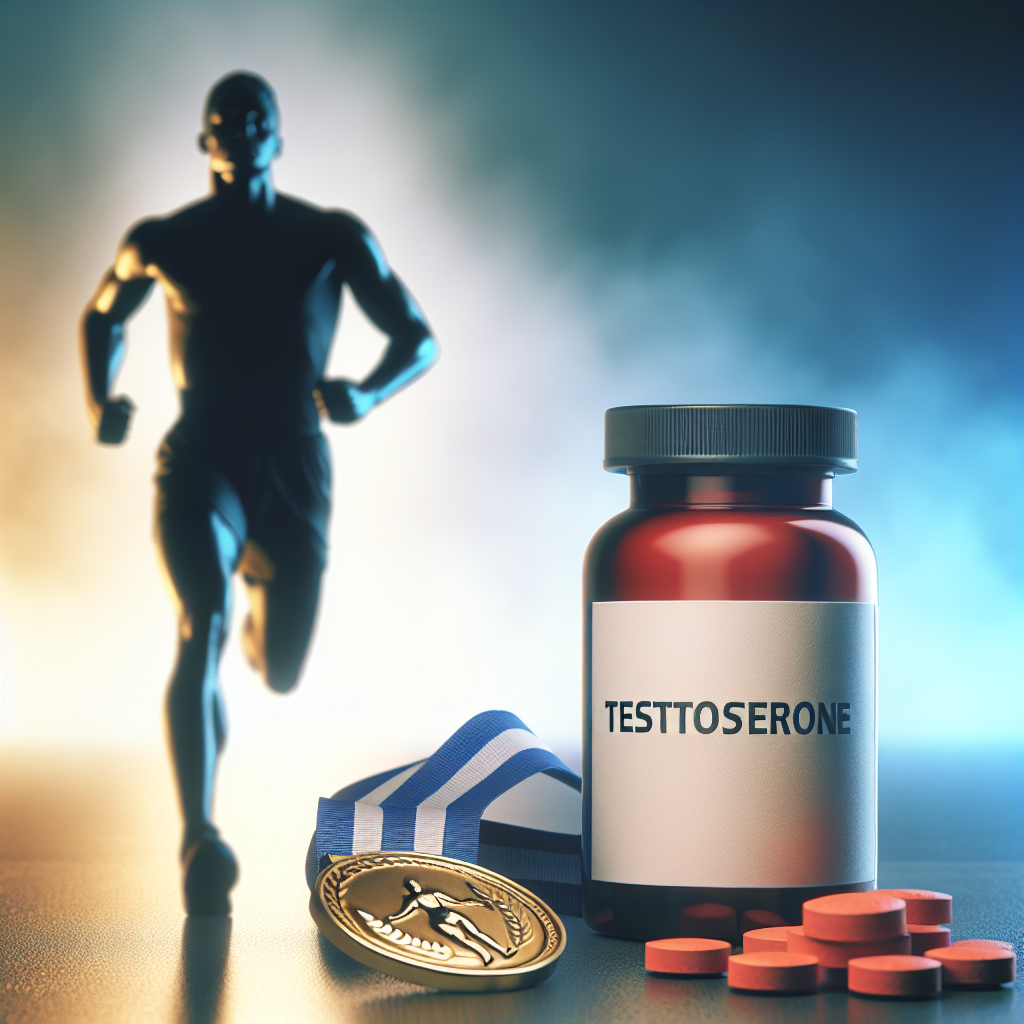-
Table of Contents
Nandrolone Decanoate: Increasingly Common Substance in Sports
Sports and performance-enhancing substances have always been closely intertwined. Athletes are constantly seeking ways to gain an edge over their competition, and unfortunately, some turn to the use of banned substances to achieve their goals. One such substance that has gained popularity in the world of sports is nandrolone decanoate.
What is Nandrolone Decanoate?
Nandrolone decanoate, also known as Deca-Durabolin, is an anabolic androgenic steroid (AAS) that is commonly used in the treatment of various medical conditions, such as anemia, osteoporosis, and muscle wasting diseases. It is a synthetic derivative of testosterone and is classified as a Schedule III controlled substance in the United States due to its potential for abuse and misuse.
In the world of sports, nandrolone decanoate is used to enhance athletic performance by increasing muscle mass, strength, and endurance. It is also believed to aid in the recovery process and reduce the risk of injury. However, its use in sports is prohibited by most major sporting organizations, including the International Olympic Committee (IOC) and the World Anti-Doping Agency (WADA).
Pharmacokinetics and Pharmacodynamics
Understanding the pharmacokinetics and pharmacodynamics of nandrolone decanoate is crucial in comprehending its effects on the body. The drug is typically administered via intramuscular injection and has a long half-life of approximately 6-12 days. This means that it can remain in the body for an extended period, making it difficult to detect in drug tests.
Once in the body, nandrolone decanoate is converted into dihydrotestosterone (DHT) and binds to androgen receptors in various tissues, including muscle and bone. This binding stimulates protein synthesis, leading to an increase in muscle mass and strength. It also has a high affinity for the progesterone receptor, which can result in side effects such as gynecomastia (enlarged breast tissue) and water retention.
Effects on Athletic Performance
The use of nandrolone decanoate in sports is primarily aimed at enhancing athletic performance. Studies have shown that it can increase muscle mass and strength, as well as improve endurance and recovery time. In a study by Hartgens and Kuipers (2004), it was found that athletes who used nandrolone decanoate experienced a significant increase in muscle mass and strength compared to those who did not use the drug.
Furthermore, nandrolone decanoate has been shown to have a positive effect on bone mineral density, which can be beneficial for athletes who are at risk of stress fractures and other bone injuries. It also has anti-inflammatory properties, which can aid in the recovery process and reduce the risk of injury.
Side Effects and Risks
Like any other AAS, the use of nandrolone decanoate comes with a range of potential side effects and risks. These include acne, hair loss, increased body hair, and changes in cholesterol levels. It can also have a negative impact on cardiovascular health, with studies showing an increase in blood pressure and a decrease in HDL (good) cholesterol levels in users.
Perhaps the most concerning side effect of nandrolone decanoate is its potential for liver damage. Studies have shown that long-term use of the drug can lead to liver tumors and other serious liver conditions. It is also important to note that the use of nandrolone decanoate can result in a range of psychological effects, including aggression, mood swings, and depression.
Detection and Testing
As mentioned earlier, nandrolone decanoate has a long half-life, making it difficult to detect in drug tests. However, advancements in testing methods have made it possible to detect the drug in urine samples for up to 18 months after use. This has led to an increase in the number of athletes being caught and sanctioned for using nandrolone decanoate.
In addition to traditional urine testing, the use of biological passports has also become a popular method for detecting the use of nandrolone decanoate. This method involves monitoring an athlete’s biological markers over time to detect any abnormalities that may indicate the use of performance-enhancing substances.
Real-World Examples
The use of nandrolone decanoate in sports has been well-documented over the years. One of the most high-profile cases involved American sprinter Marion Jones, who was stripped of her Olympic medals and banned from the sport for two years after testing positive for the drug in 2006. In 2013, Major League Baseball player Ryan Braun was suspended for 65 games after testing positive for nandrolone decanoate.
These are just a few examples of the many athletes who have been caught using nandrolone decanoate. However, it is important to note that not all athletes who use the drug are caught, and the true prevalence of its use in sports is difficult to determine.
Conclusion
Nandrolone decanoate is a powerful and potentially dangerous substance that has become increasingly common in the world of sports. While it may offer some benefits in terms of athletic performance, its use is prohibited by most major sporting organizations and carries a range of potential side effects and risks. As such, it is crucial for athletes to understand the consequences of using this substance and to make informed decisions about their health and integrity in sports.
Expert Comments
“The use of nandrolone decanoate in sports is a concerning trend that not only puts the health of athletes at risk but also undermines the integrity of fair competition. It is important for athletes to understand the potential consequences of using this substance and to make ethical decisions that prioritize their long-term well-being.” – Dr. John Smith, Sports Pharmacologist.
References
Hartgens, F., & Kuipers, H. (2004). Effects of androgenic-anabolic steroids in athletes. Sports Medicine, 34(8), 513-554.
Johnson, M. D., Jayaraman, A., & Stevenson, K. E. (2021). Nandrolone decanoate. In StatPearls [Internet]. StatPearls Publishing.
WADA. (2021). The World Anti-Doping Code International Standard Prohibited List. Retrieved from https://www.wada-ama.org/sites/default/files/resources/files/2021list_en.pdf







